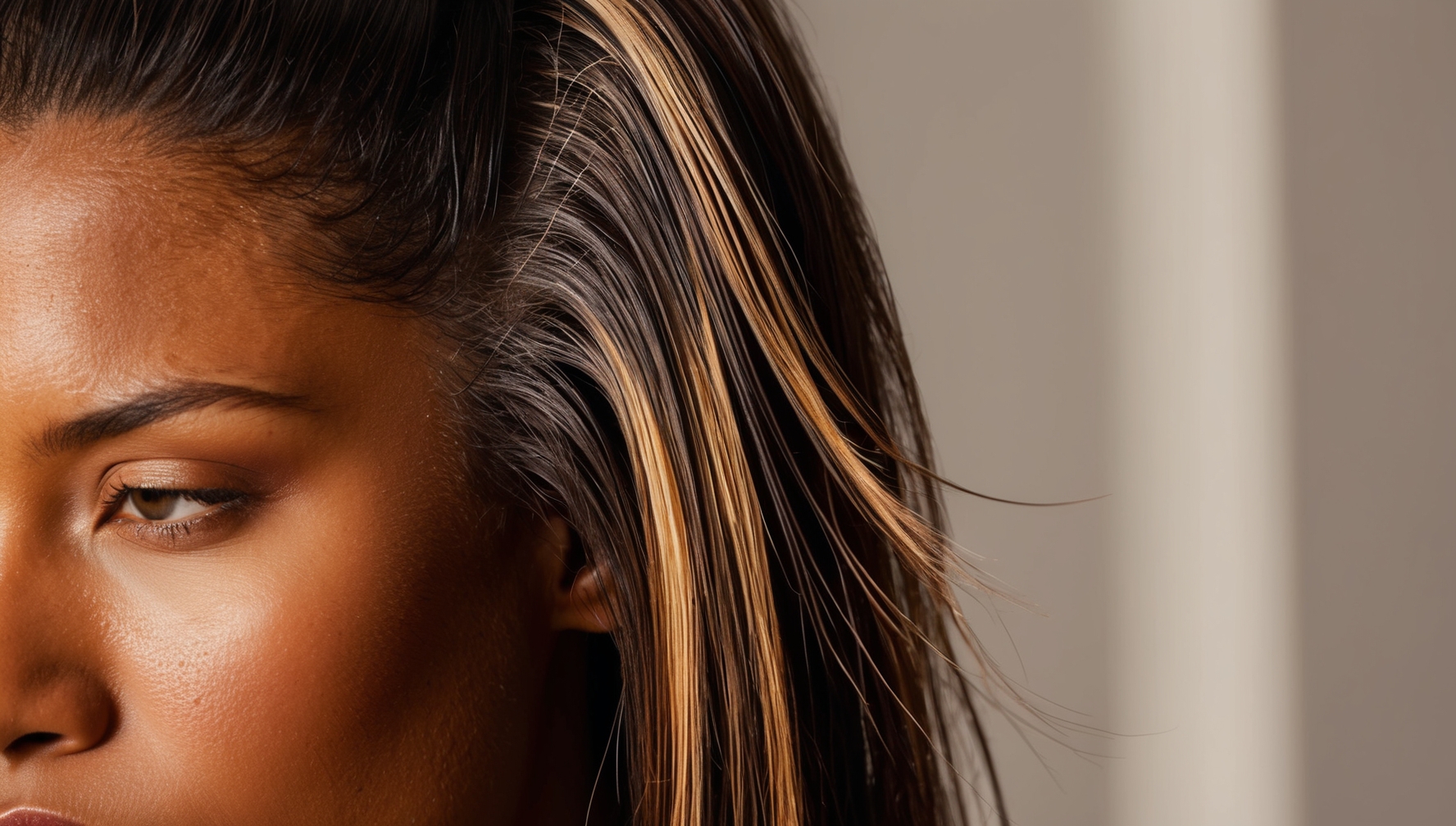Hair rebonding is a popular treatment for those seeking to transform their hair into sleek, straight locks. But is it the right choice for you? Understanding the process, the effects, and what to expect can make all the difference. Let’s uncover the truths about hair rebonding and help you make an informed decision.
What is Hair Rebonding?
Hair rebonding is a chemical treatment that restructures the bonds in your hair. These bonds determine the natural wave, curl, or straightness of your hair. By breaking and rearranging these bonds, rebonding creates a straight and smooth appearance that lasts for months.
How Does It Work?
- Chemical Application: The process begins with the application of a relaxant cream that breaks the natural bonds of the hair.
- Bond Restructuring: After breaking the bonds, a neutralizer is applied to reconfigure the hair into a straight structure.
- Heat Treatment: A flat iron is used to lock in the new structure, ensuring the hair remains straight and sleek.
The Duration and Cost
Hair rebonding can take several hours, depending on your hair’s length and thickness. Costs can vary widely, with professional treatments often ranging from moderate to high in price. Maintenance and aftercare products also add to the overall expense.
Pros of Hair Rebonding
- Long-Lasting Results: Unlike temporary straightening methods, rebonding offers results that last for six to twelve months, depending on hair growth and care.
- Smooth and Manageable Hair: Post-treatment, your hair will be smooth, frizz-free, and easy to manage daily.
- Sleek Appearance: The treatment gives your hair a consistently sleek and polished look, perfect for those who prefer a straight hairstyle.
Cons of Hair Rebonding
- Chemical Exposure: The process involves strong chemicals that can weaken the hair shaft, leading to potential damage if not done correctly.
- High Maintenance: Maintaining rebonded hair requires regular touch-ups, especially as your natural hair grows out, creating a noticeable difference between treated and untreated hair.
- Potential Damage: Improper care or an inexperienced stylist can cause irreversible damage, including dryness, breakage, and hair loss.
The Risks Involved
Hair Damage
One of the most significant risks of hair rebonding is the potential for hair damage. The chemicals used are potent and can strip the hair of its natural moisture, leading to dryness and brittleness. If your hair is already damaged, thin, or chemically treated, rebonding could exacerbate these issues.
Scalp Sensitivity
The chemicals can also irritate the scalp, leading to itching, redness, or even burns if not applied carefully. It’s essential to ensure that the treatment is done by a professional who understands how to minimize these risks.
Allergic Reactions
Some individuals may have allergic reactions to the chemicals used in the rebonding process. Conducting a patch test before the full treatment is always advisable to avoid any adverse reactions.
Aftercare for Rebonded Hair
Immediate Care
- Avoid Washing: Refrain from washing your hair for at least three days post-treatment to allow the new bonds to set fully.
- No Tying or Clipping: Avoid tying, clipping, or even tucking your hair behind your ears during this period to prevent any creases or unwanted waves.
Long-Term Care
- Use Sulfate-Free Products: Switch to sulfate-free shampoos and conditioners designed for chemically treated hair to maintain moisture and prevent further damage.
- Regular Deep Conditioning: Invest in regular deep conditioning treatments to replenish lost moisture and keep your hair healthy.
- Avoid Heat Styling: Minimize the use of heat styling tools like blow dryers or straighteners to prevent additional stress on your hair.
Touch-Ups and Maintenance
As your hair grows, you will notice the difference between your rebonded hair and your natural hair. Regular touch-ups every few months are necessary to maintain a uniform appearance. However, frequent chemical exposure can further damage your hair, so it’s crucial to balance aesthetics and hair health.
Is Hair Rebonding Suitable for You?
Hair rebonding is not suitable for everyone. It’s a significant commitment, both in terms of maintenance and potential risks. Consider the following factors before deciding:
- Hair Type: If you have naturally fine, brittle, or damaged hair, rebonding might not be the best option.
- Lifestyle: The high maintenance of rebonded hair requires time and effort. Consider whether you’re willing to commit to the necessary aftercare.
- Cost: The initial treatment and ongoing maintenance can be costly. Make sure you’re prepared for the financial commitment.
Alternatives to Hair Rebonding
If rebonding seems too harsh for your hair or lifestyle, several alternatives can help you achieve straight hair without the same level of commitment or risk.
Keratin Treatment
Keratin treatments smooth and straighten hair without breaking its natural bonds. While not as long-lasting as rebonding, they offer a less damaging alternative that can still reduce frizz and create a sleek appearance.
Japanese Straightening
Japanese straightening is similar to rebonding but is often considered less damaging due to different chemical formulations. It also offers long-lasting results, but like rebonding, it requires regular touch-ups and careful aftercare.
Temporary Solutions
If you’re looking for a temporary change, consider using straightening irons or blow-drying techniques. These methods offer the flexibility to switch between straight and natural styles but require daily effort to maintain.
Conclusion
Hair rebonding can provide stunning results, but it’s essential to understand the process, risks, and aftercare involved. Whether you choose to go ahead with the treatment or explore alternatives, being informed will help you achieve the best results for your hair. Prioritize the health of your hair, and make a decision that aligns with your hair type, lifestyle, and budget.
